Staring at an empty container of baking powder with a sinking feeling in your gut? It happens to the best of us, even the most seasoned bakers.
This powder is such a common ingredient in recipes that running out can catch you off guard. Is there a substitute for baking powder? Calm down! A range of substitutes for this critical agent can turn a potential baking disaster into a triumph.
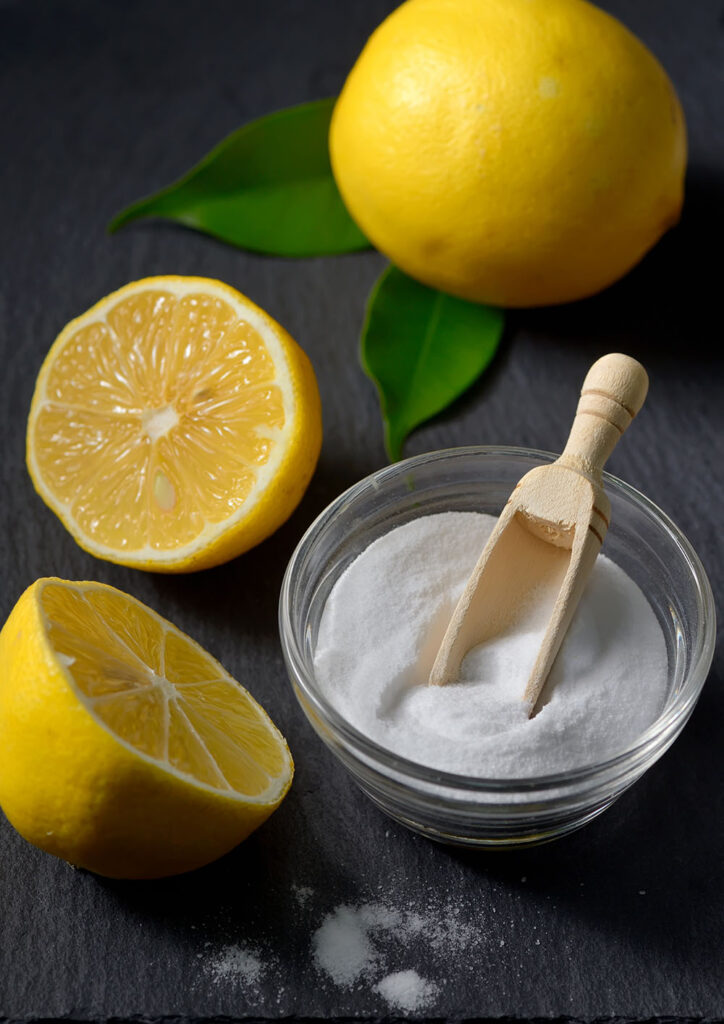
A well-prepared chef always has backup plans handy. Ditch the panic and dive deep into clever substitutes you can whip up right in your kitchen below.
What is Baking Powder?
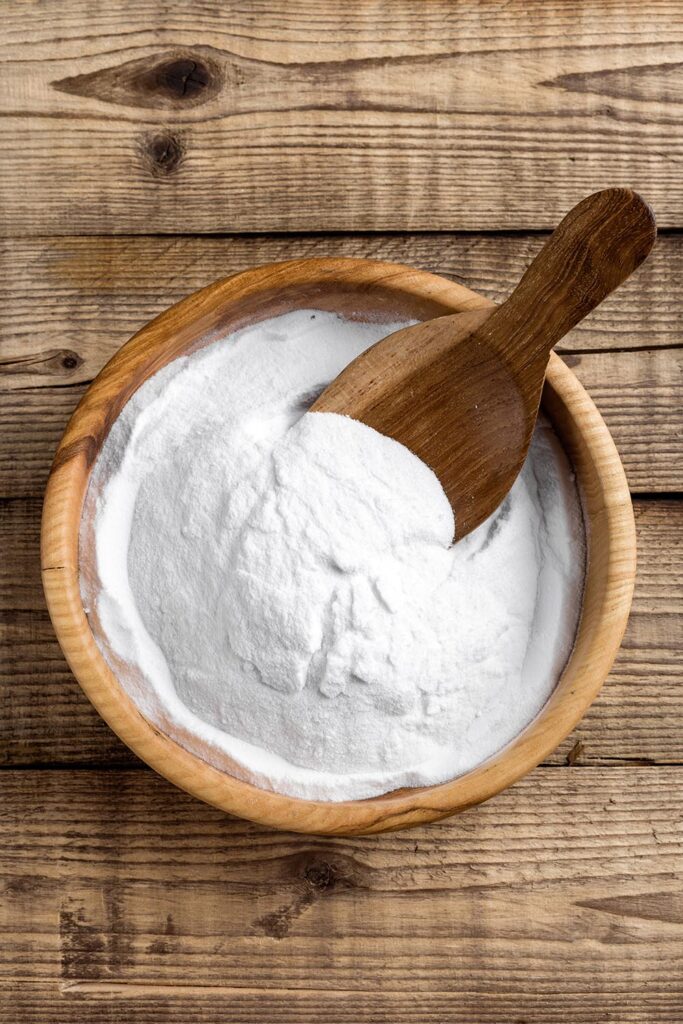
This is the trusty leavening agent we all reach for when baking. But let’s pause for a second and think about what it really is.
Baking powder is a combination of a base, usually sodium bicarbonate (that’s your everyday baking soda), paired with an acid, typically cream of tartar. And don’t forget the filler, often cornstarch, to keep it all dry (this is optional, however).
So, how does it work? When baking powder mixes with liquid in your batter, it starts reacting and producing carbon dioxide gas. This gas is what makes your cakes, muffins, and breads rise and become fluffy. For me, it’s always pretty cool to see it in action.
Now, I know there’s a lot of confusion between it and baking soda. But you must be aware of a fact: baking soda is just a base. It doesn’t have the acid that baking powder does. If you’re using baking soda, you need another acidic ingredient in your recipe to kick off the reaction.
A handy tip from my time running bakeries: if you run out of baking powder, there’s always a workaround.
What Can I Use Instead Of Baking Powder?
Cream of Tartar
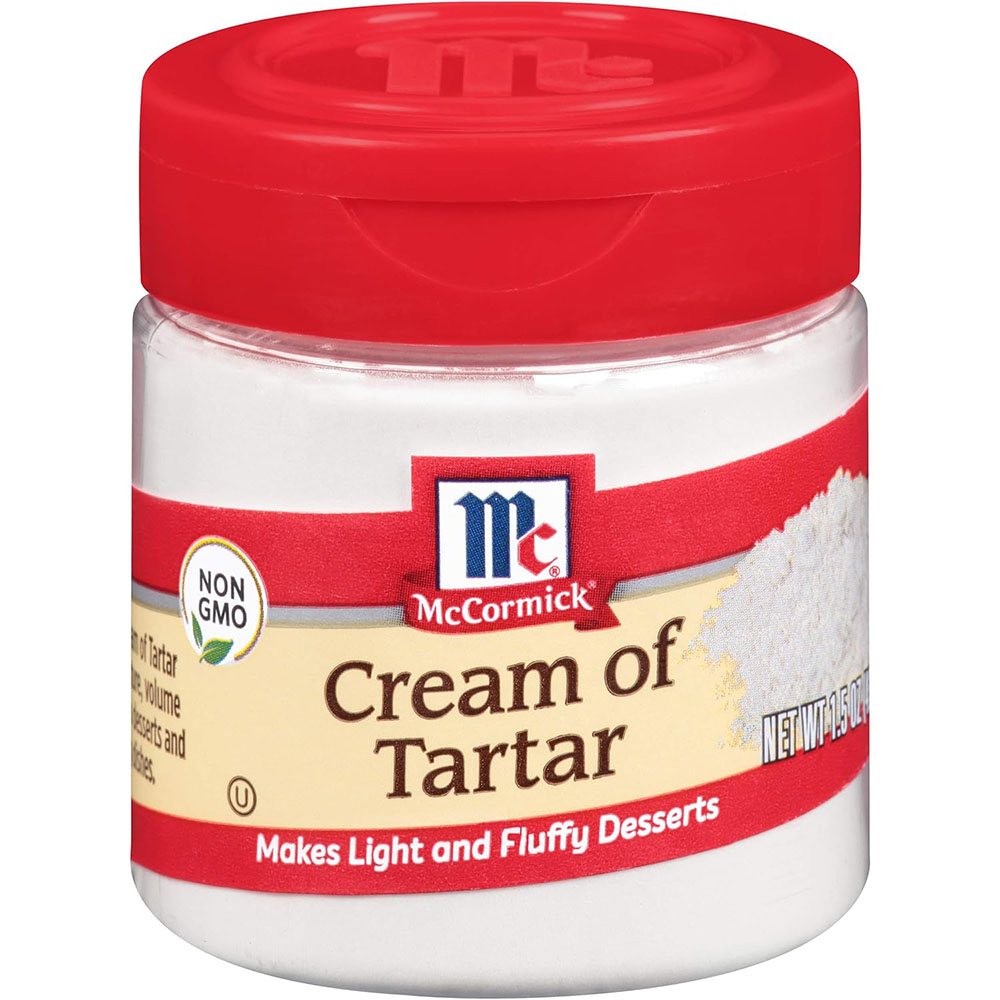
The most popular way to make homemade baking powder is by using cream of tartar. Believe me, it’s pretty much making regular baking powder from scratch.
For a quick fix to replace 1 teaspoon of baking powder, you’ll need to mix 1/4 teaspoon of baking soda with 1/2 teaspoon of cream of tartar. This ratio is perfect for a single recipe and has saved many of my cookie batches from disaster.
But what if you want to prepare a larger batch, maybe to keep on hand for future baking? Simply scale up this ratio.
Combine 1 part baking soda with 2 parts cream of tartar, and don’t forget to add about 1 part cornstarch to the mix. This addition of cornstarch helps prevent any caking and keeps your homemade baking powder fresh.
Make you mix it thoroughly to avoid lumps. This is a lesson I learned the hard way after finding a clumpy mixture in the middle of a busy baking session!
Vinegar
Now, vinegar might seem like an odd choice, but it’s actually a great substitute. It contains acetic acid, which reacts with baking soda to give that leavening effect. This is especially for recipes that can handle a bit of tang.
For each teaspoon of baking powder needed, mix 1/4 teaspoon of baking soda with 1/2 teaspoon of vinegar for a stand-in.
While white vinegar is the most neutral, apple cider or rice vinegar can work well in certain recipes, like those with a citrusy twist.
Most of us already keep vinegar on hand at all times. So whenever you’re out of baking powder, you can whip up a quick substitute without a special trip to the store. It’s an inexpensive, handy stand-in.
However, I’d recommend preparing this substitute fresh each time. Don’t make a big patch for later use, as the reaction between the baking soda and vinegar happens pretty quickly.
Lemon Juice
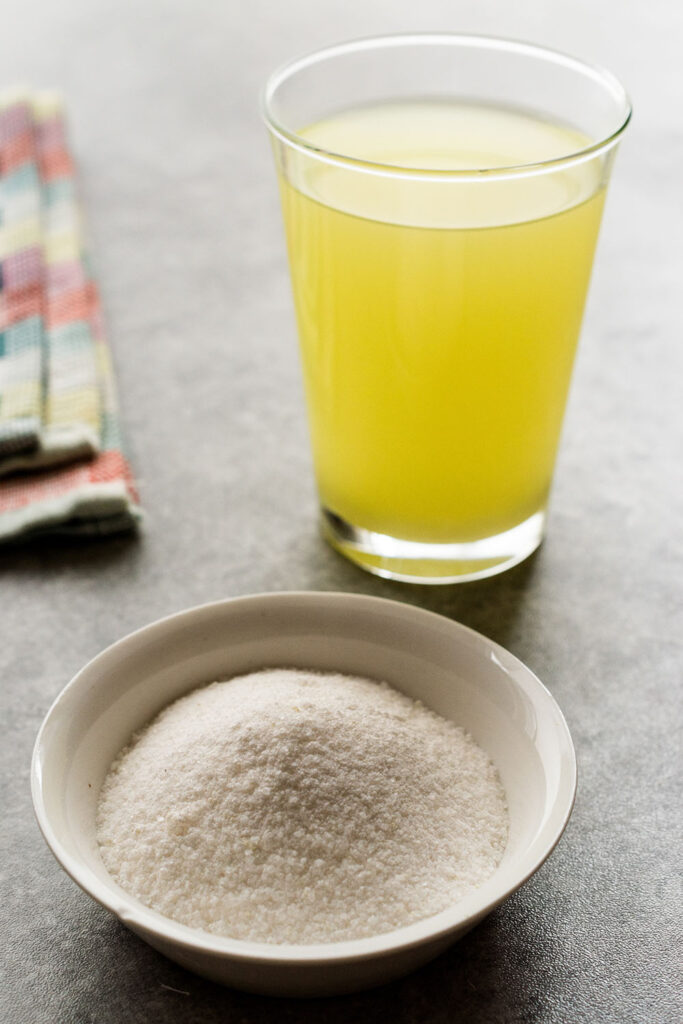
Lemon juice is a fantastic stand-in because of its natural acidity. It works similarly to vinegar with that tangy flavor.
To replace 1 teaspoon of baking powder, mix 1/4 teaspoon of baking soda with 1/2 teaspoon of lemon juice. Likewise, this is best used in recipes where a citrusy hint is welcome or won’t overpower other flavors. Otherwise, it may taste off.
Buttermilk
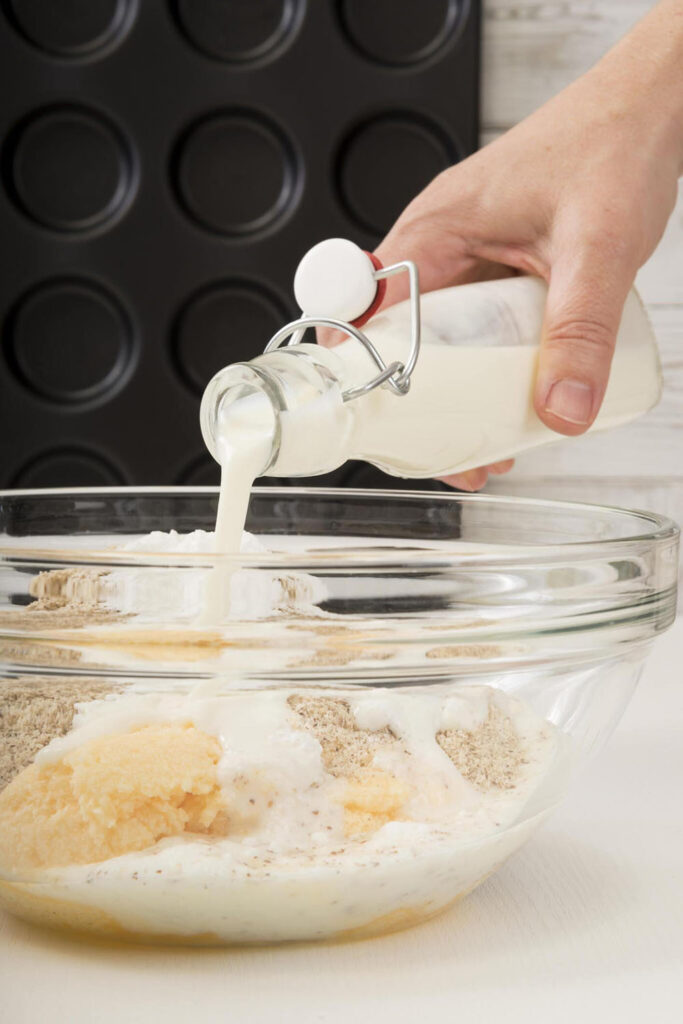
Many of my favorite baking recipes already include buttermilk because of its tenderizing effect. When combined with baking soda, the natural acids can help your baked goods rise beautifully.
For 1 teaspoon baking powder, use 1/2 cup buttermilk plus 1/4 teaspoon baking soda.
Just be careful not to throw off the liquid ratio in your original recipe. You should reduce other liquids in it by the same amount of buttermilk substituted to maintain the consistency. This little adjustment is vital, trust me.
Yogurt
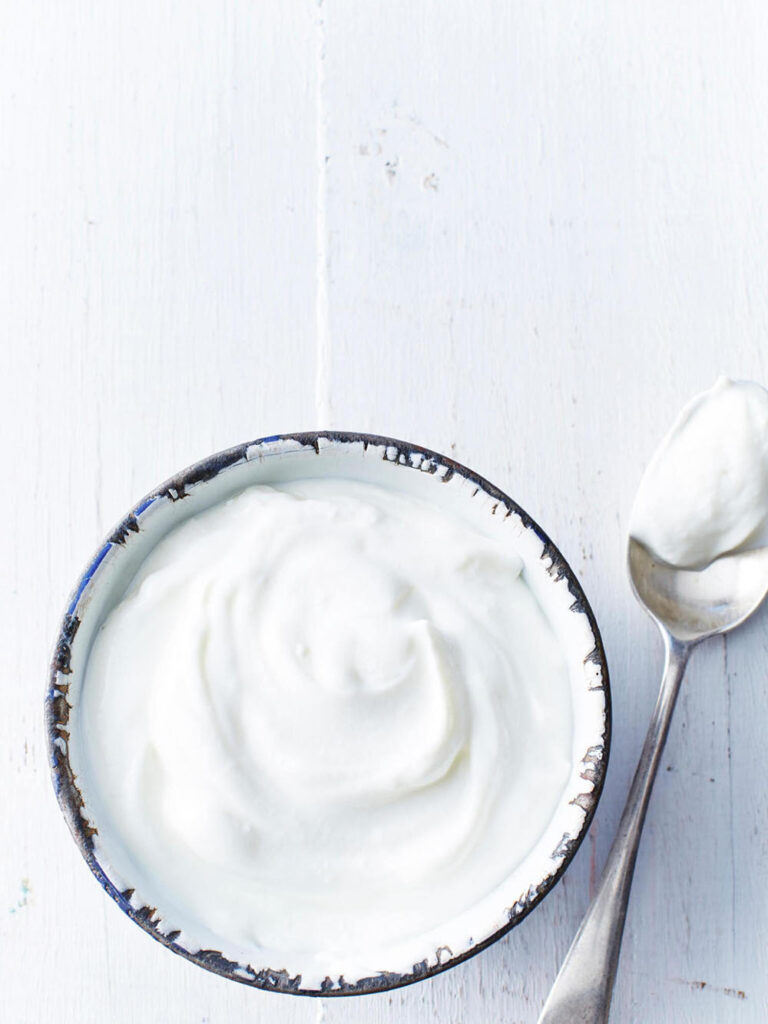
Like buttermilk, plain yogurt can also be a great substitute, thanks to its acidity. Follow the same 1/2 cup yogurt to 1 teaspoon baking powder ratio. And again, reduce other liquids to maintain the right consistency.
I prefer plain yogurt because flavors like vanilla or fruit can clash with certain bakes. But in some cases, like banana bread, flavored variants could be just as delicious.
Sour Milk
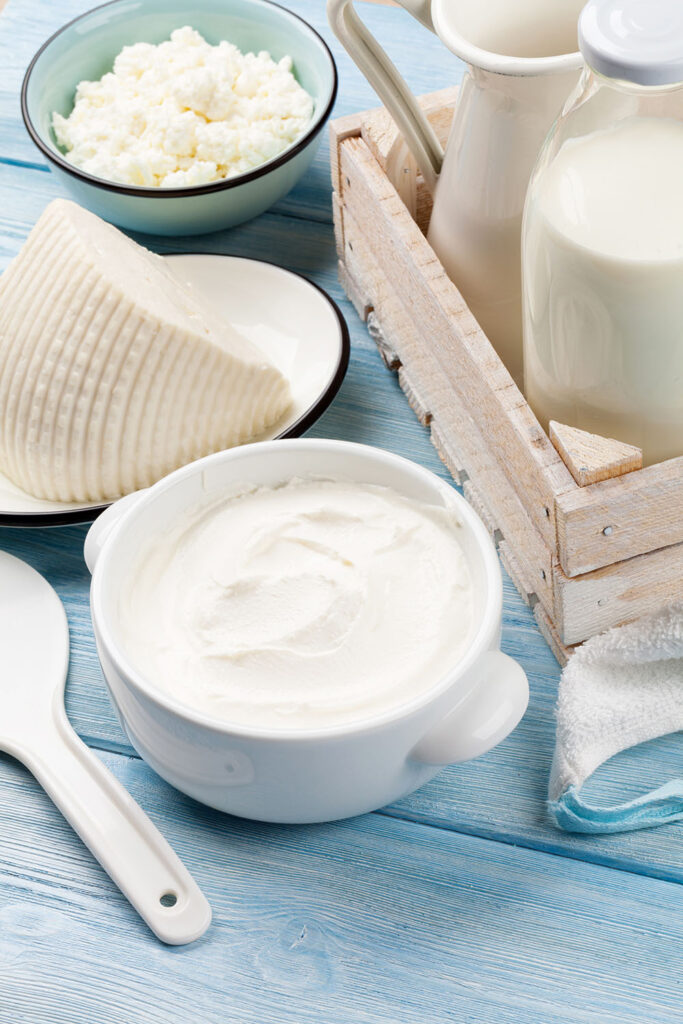
“Sour milk? Are you sure?” I expect a bit of surprise from you here. Using sour milk in baking may sound weird, but it works in a pinch.
As milk sours and ferments slightly, it produces lactic acid that reacts with baking soda similarly to buttermilk. Just make sure your milk is properly soured and not spoiled, curdled, or lumpy.
For 1 teaspoon baking powder, use 1/2 cup soured milk plus 1/4 teaspoon baking soda. I like this substitute because it takes something that may have been forgotten in the fridge and gives it a new purpose. Just as with buttermilk, reduce other liquids so you can have the right consistency.
Molasses
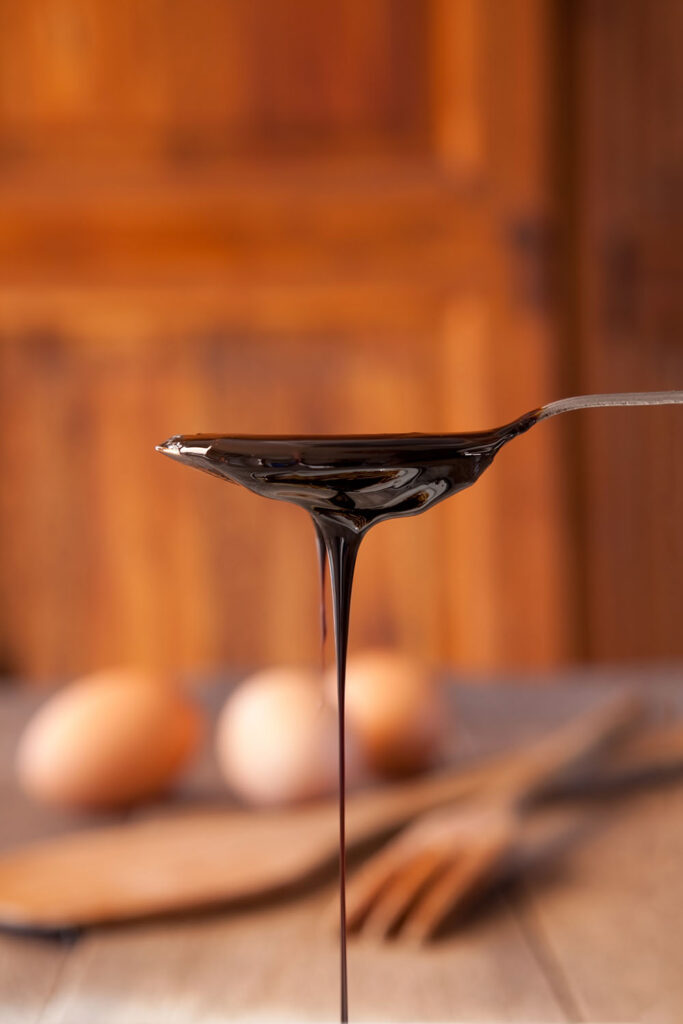
Molasses might not be high in acid, but it contains enough to activate baking soda and work as a substitute.
For every teaspoon of baking powder, use 1/4 teaspoon of baking soda mixed with 1/2 cup of molasses.
Be mindful of the unique flavor profile of molasses. It can alter the taste of your baked goods, so it’s best used in recipes where its rich, deep flavor will be a welcome addition.
I don’t mind that hint of molasses in recipes like gingerbread cookies or whole-wheat bread. However, I’d avoid it in more delicate bakes like white cake, where the molasses flavor might overpower. Like with all substitutes, know the impact on the final product.
Also, remember that molasses is fairly sweet, so you’ll need to adjust the sugar in your recipe.
Self-Rising Flour
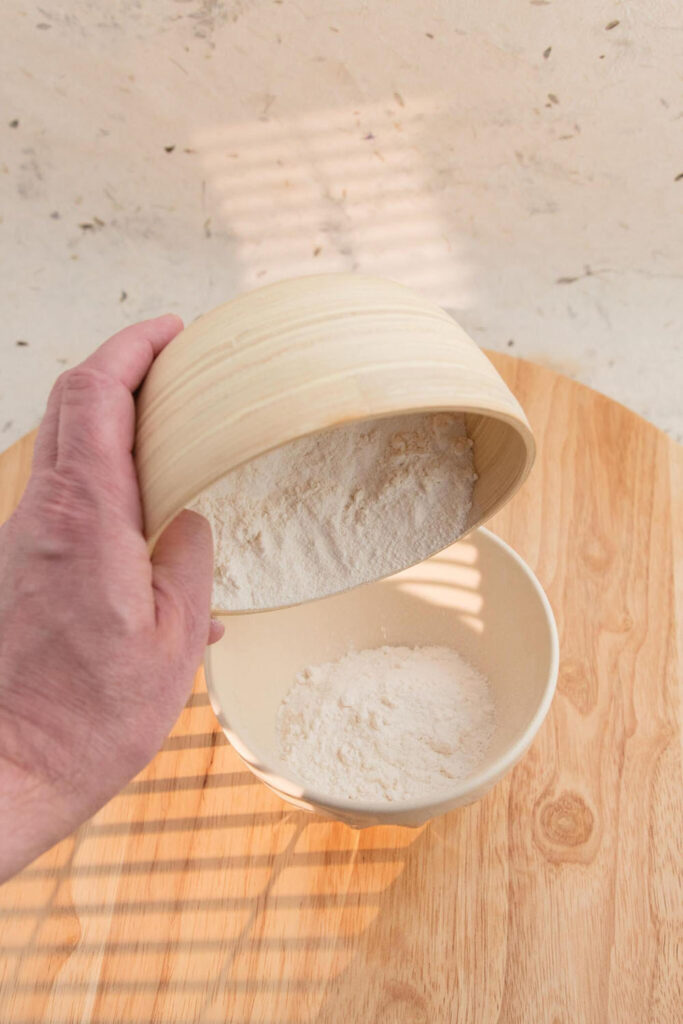
This is a fantastic alternative because it already contains baking powder.
All you need to do is swap out the all-purpose flour in your recipe for an equal amount of self-rising flour. It’s perfect for cakes and biscuits, where you need a gentle lift without the hassle of adding leavening agents separately.
The other components of self-rising flour are all-purpose flour and a bit of salt. So remember to leave out the baking soda in your recipe and tweak the amount of salt. But other than that, you can follow your recipe as usual.
Club Soda
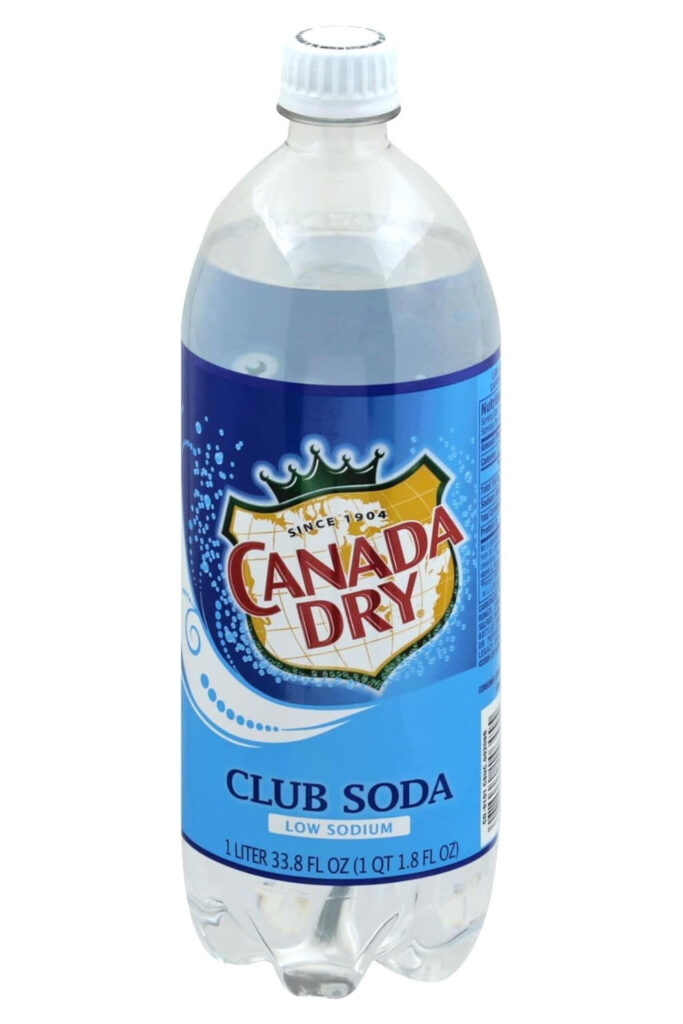
Thanks to its content of sodium bicarbonate, club soda can produce bubbles. So, can it help replace baking powder’s air pockets? Kind of.
Simply swap the club soda for all of the milk, water, or other liquids. It won’t give you quite the same rise you’d get from baking powder, but it does add a little extra air to the batter.
You can use it when cooking up skillet recipes like pancakes or waffles. The key is to work fast before those bubbles disappear!
I wouldn’t recommend club soda for cakes or cookies that really rely on that baking powder for structure. But for quick stovetop items or batters cooked in an appliance, it’s a handy swap.
Whipped Egg Whites
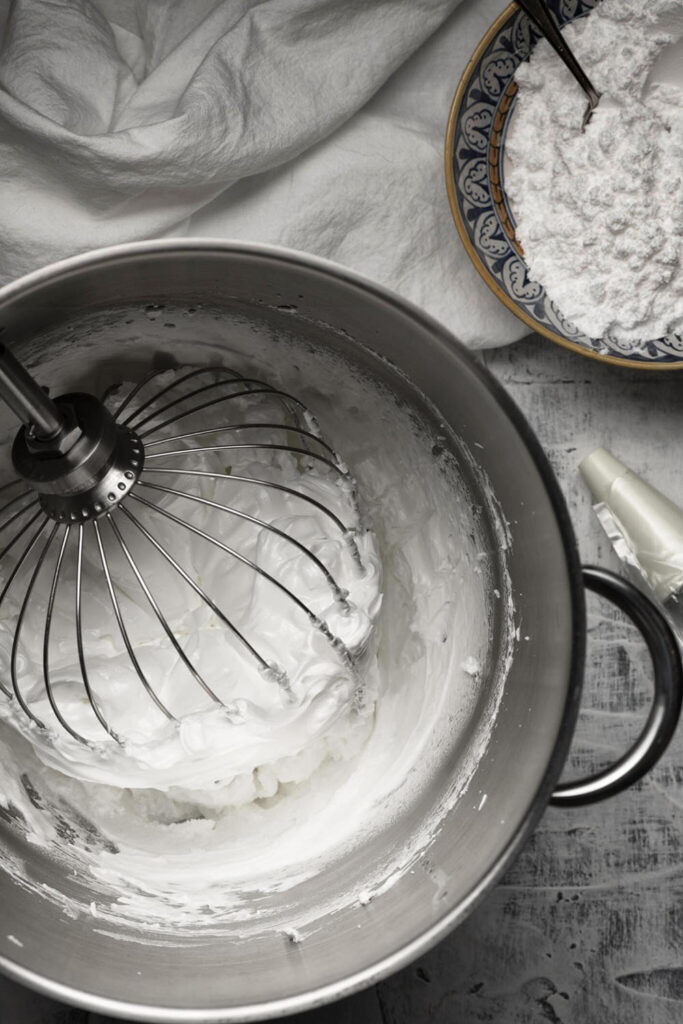
If your recipe already includes eggs, you can use those whites for some natural leavening, too.
Separate the whites from the yolks, then beat the whites until they are light, fluffy, and hold soft peaks. Fold them gently into the rest of the batter after mixing your other ingredients.
The amount of whites varies. Based on my experiments, something like an angel food cake may need up to 12, while just 2-3 can work for pancakes.
The secret here is to fold the whipped whites, not stir them, so you don’t deflate the air you just worked hard to incorporate. It’s not a baking powder reaction but rather a mechanical leavening agent best for recipes that don’t rely predominantly on that powder for rise.
How to Choose the Right Substitute
It depends on what you’ve got in your pantry and how you anticipate the replacement might alter the texture and flavor profile of your dish.
When all the ingredients are available, cream of tartar paired with baking soda is obviously your best bet. If that isn’t the case, you can switch to other acids like lemon juice or vinegar, but be mindful of their more pronounced flavors.
In a real bind, niche swaps like self-rising flour or club soda can work to some degree by adding a bit of lift or bubbles.
Remember that the final rise and taste may be less than perfect with those unconventional stand-ins. I always brace myself and do a test run rather than rely on them for a big baking project.
See more:
Frequently Asked Questions
What Happens If I Don’t Use Baking Powder in Recipes That Call for It?
If you omit this critical agent, your baked goods won’t rise properly and will likely be dense, flat, and hard.
Can I Replace Baking Powder With Baking Soda?
No, life isn’t that easy. Baking soda is much stronger and lacks the acidity that baking powder provides. However, you can substitute by adding an acid, like cream of tartar, to baking soda.
How Do You Substitute 1 Tablespoon of Baking Powder?
Mix 1 teaspoon of baking soda with 2 teaspoons of cream of tartar. Adjust the quantity based on your recipe needs. For other alternatives, scroll back and check out my instructions.
How to Store Homemade Baking Powder?
Put it in an airtight container in a cool, dry place with some cornstarch to the mix to prevent any reaction and lumps.
Conclusion
Each option has its own strengths and quirks. Choosing the perfect replacement for baking powder depends on your recipe and what magic you’re conjuring in the kitchen. Keep experimenting, trust your baking intuition, and don’t hesitate to get creative.
And hey, if you’ve got some wild baking powder substitution tips or kitchen science experiments gone perfectly right (or maybe hilariously wrong?), leave a comment below – I’d love to hear that.


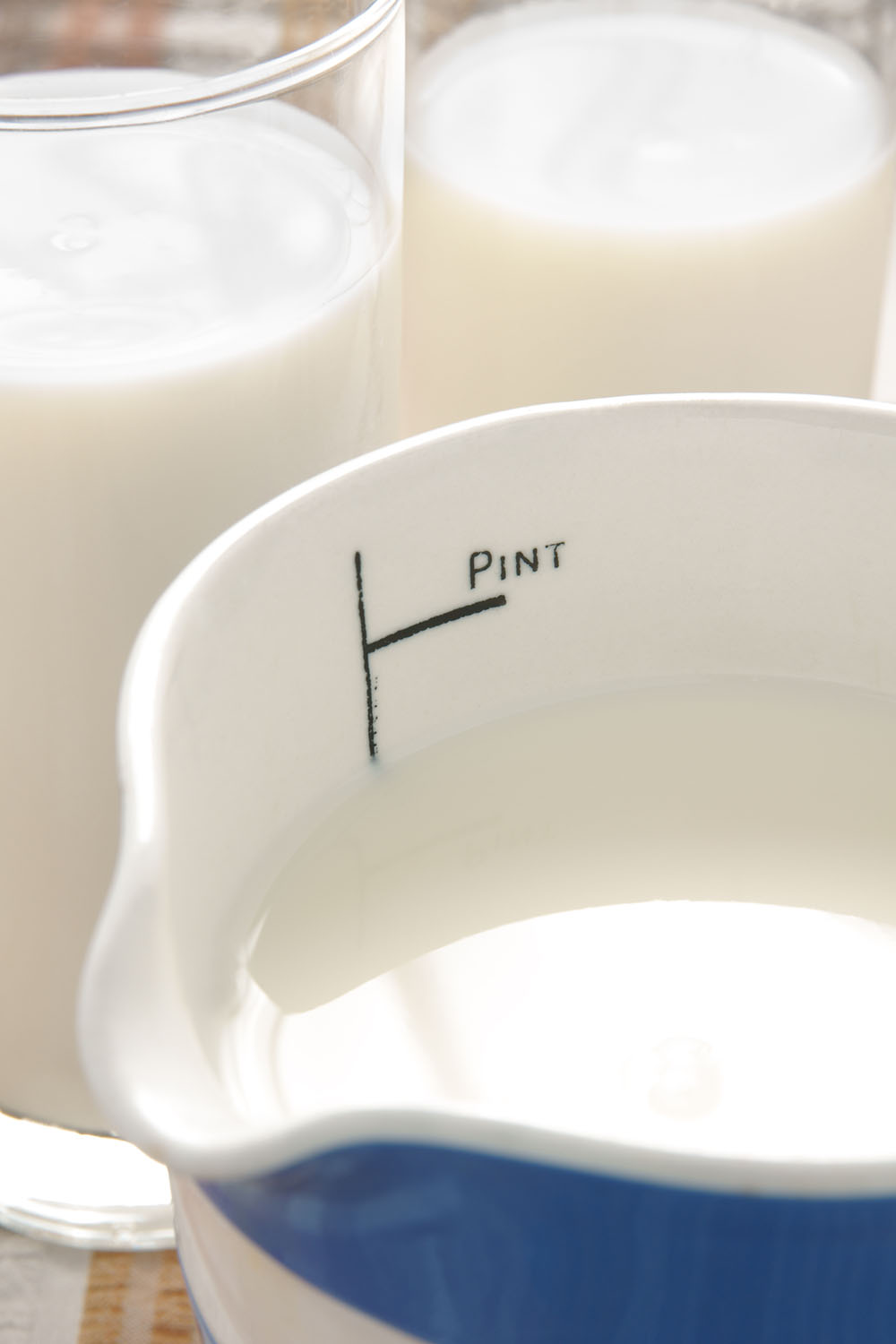
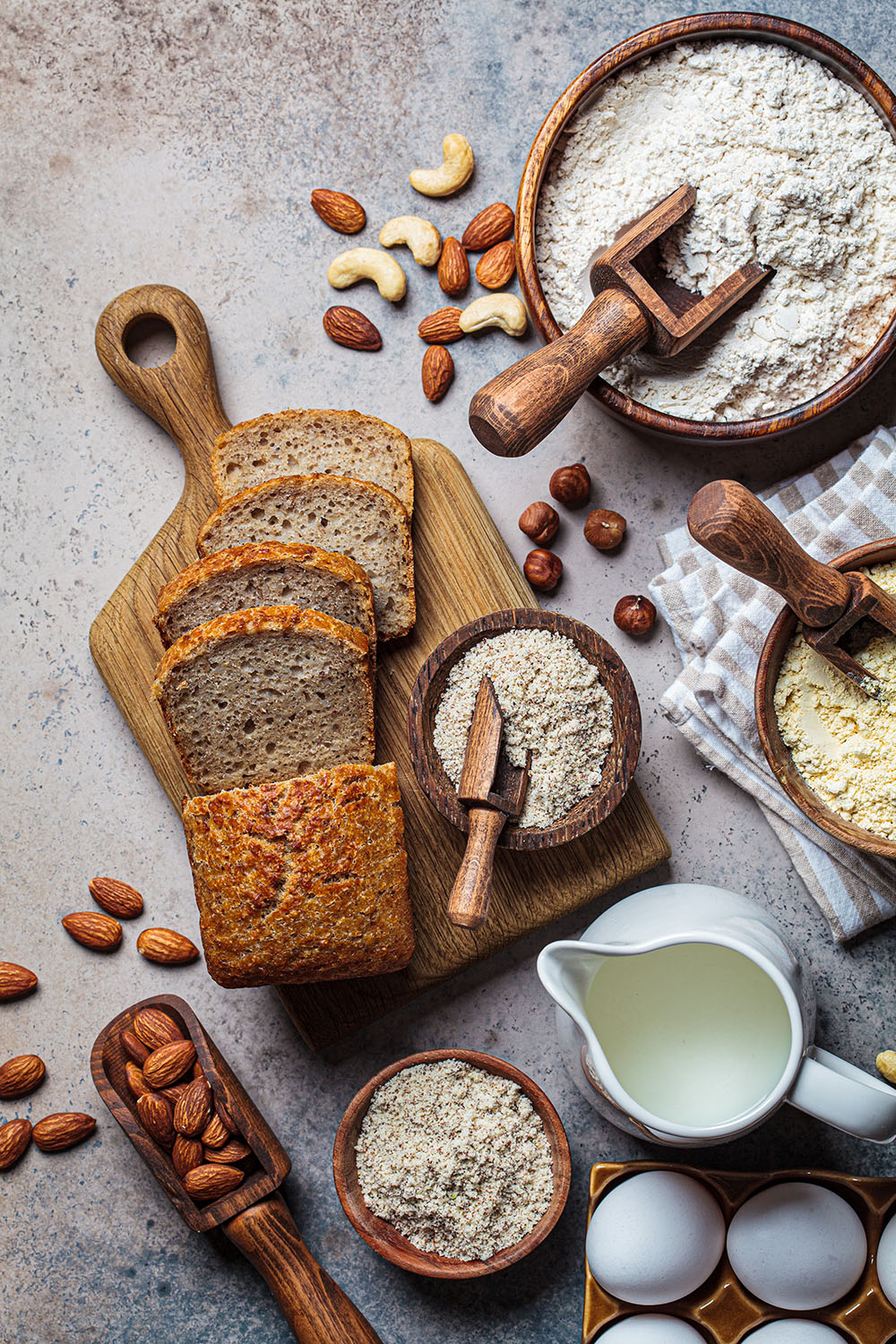
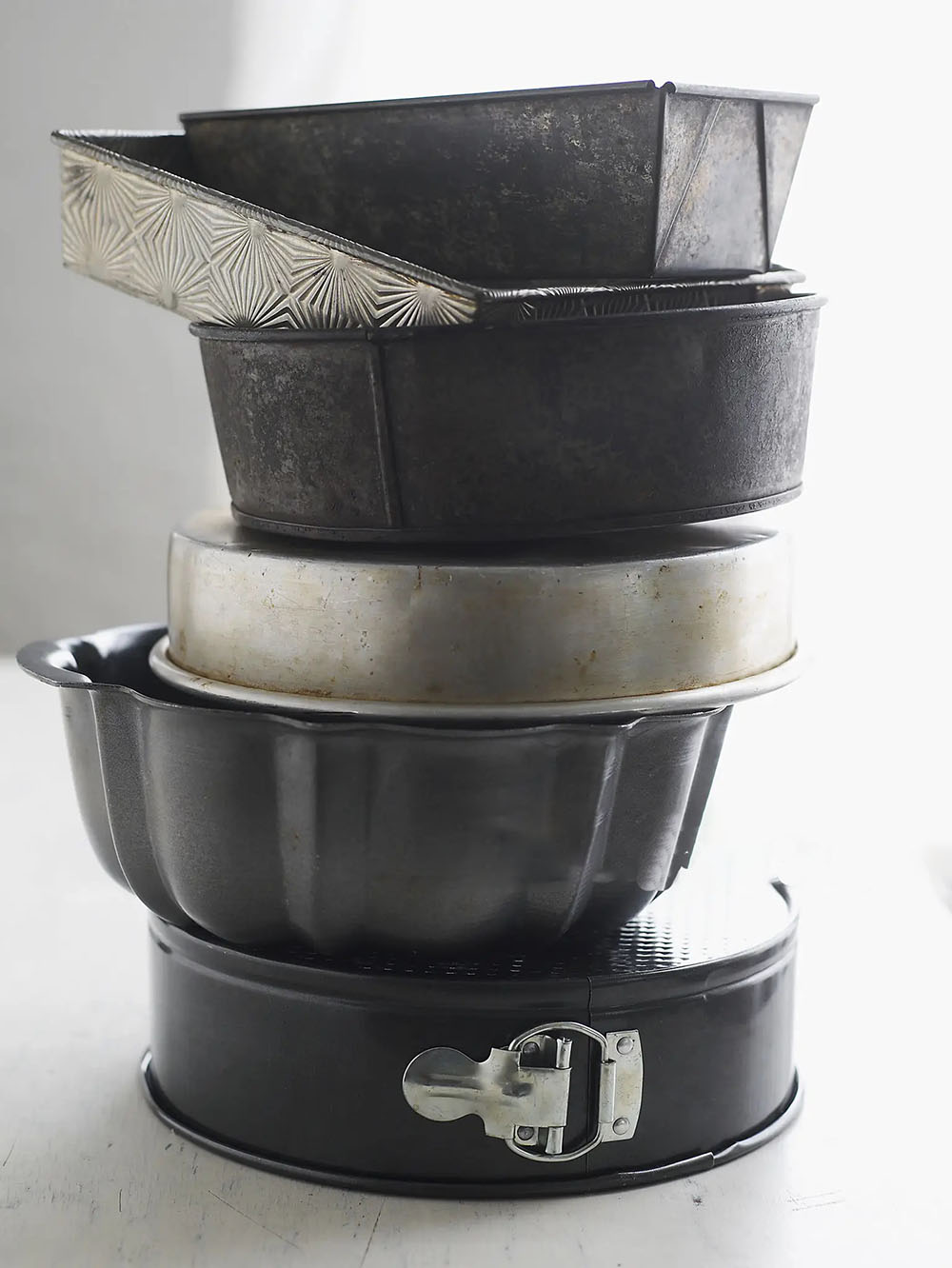
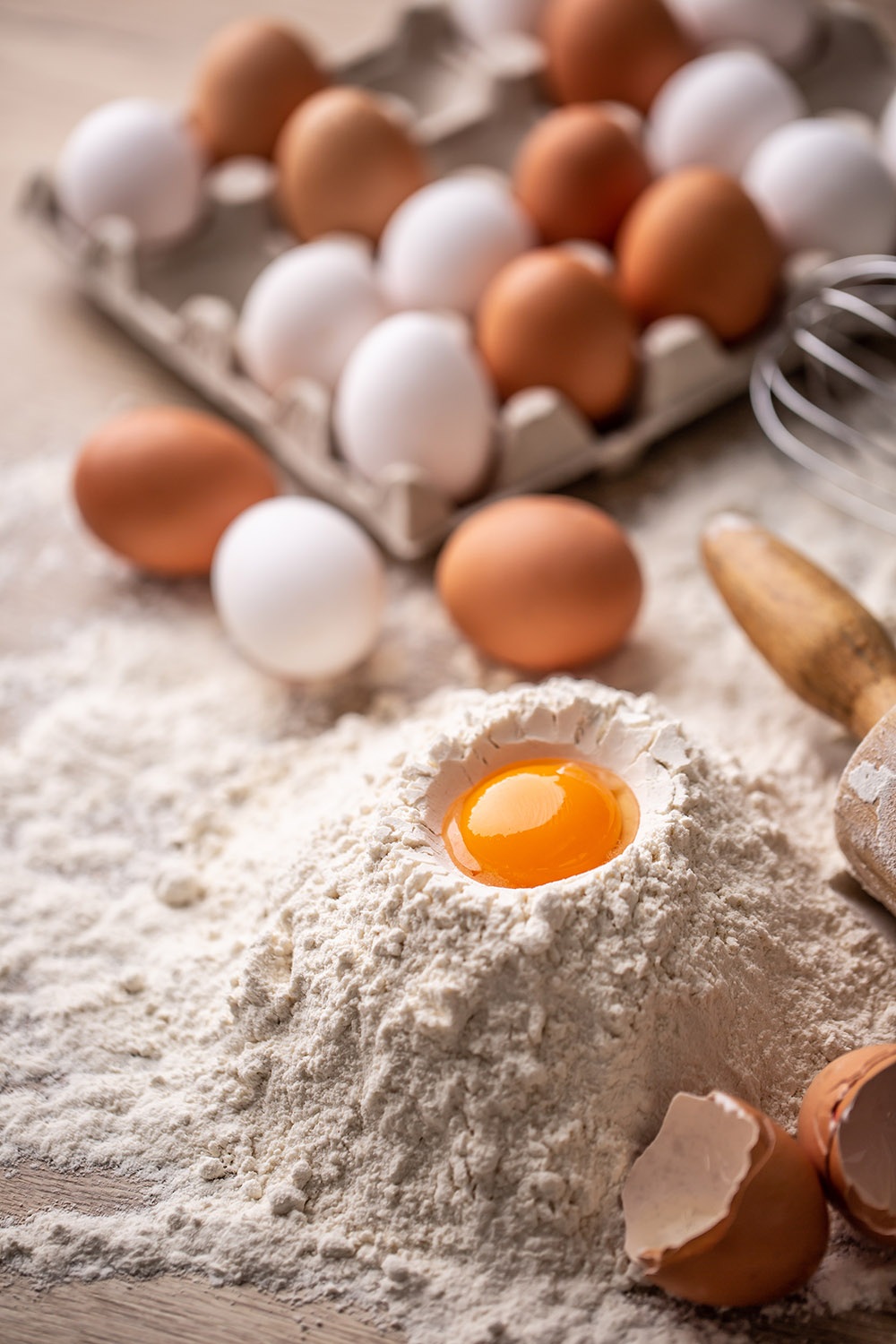
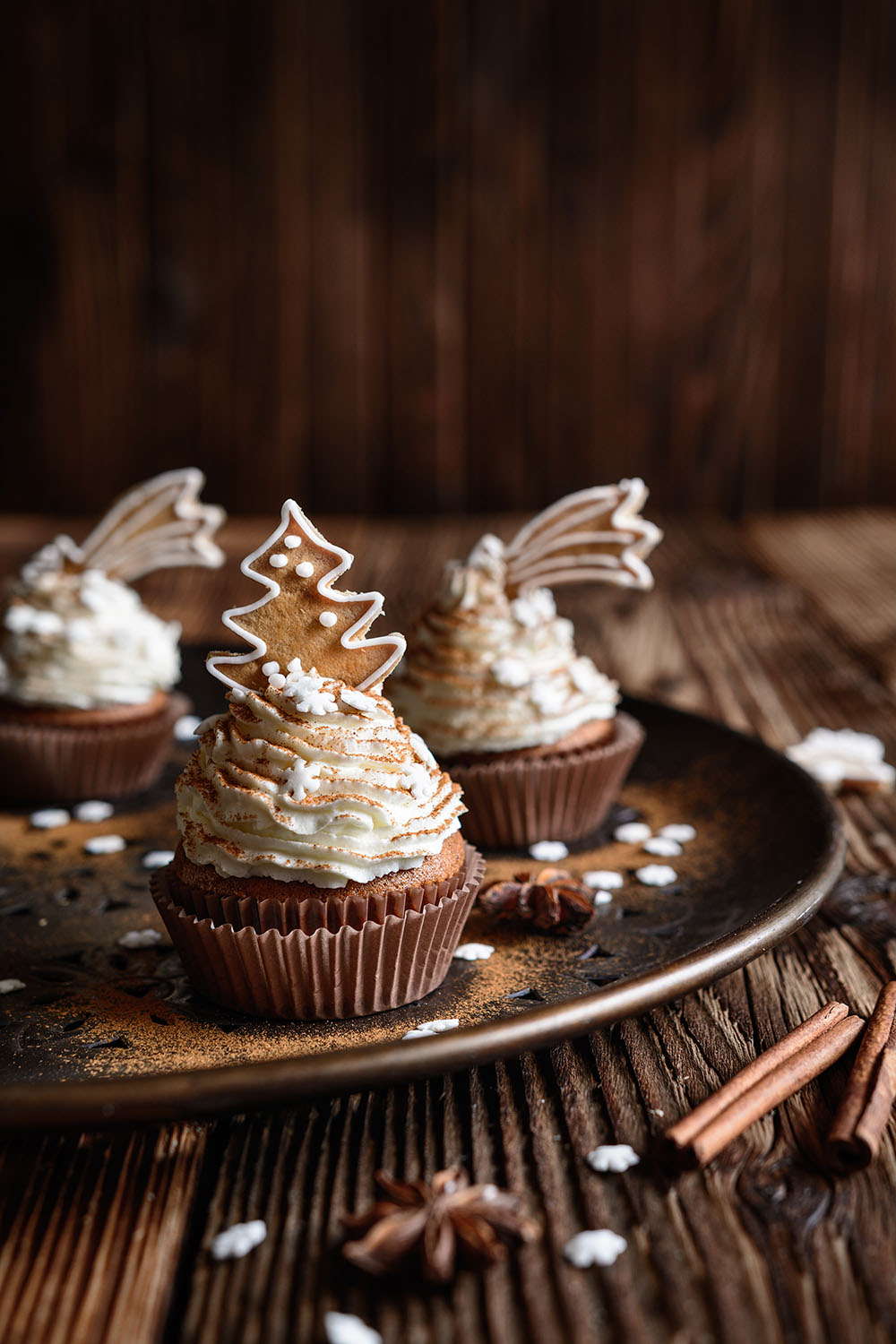
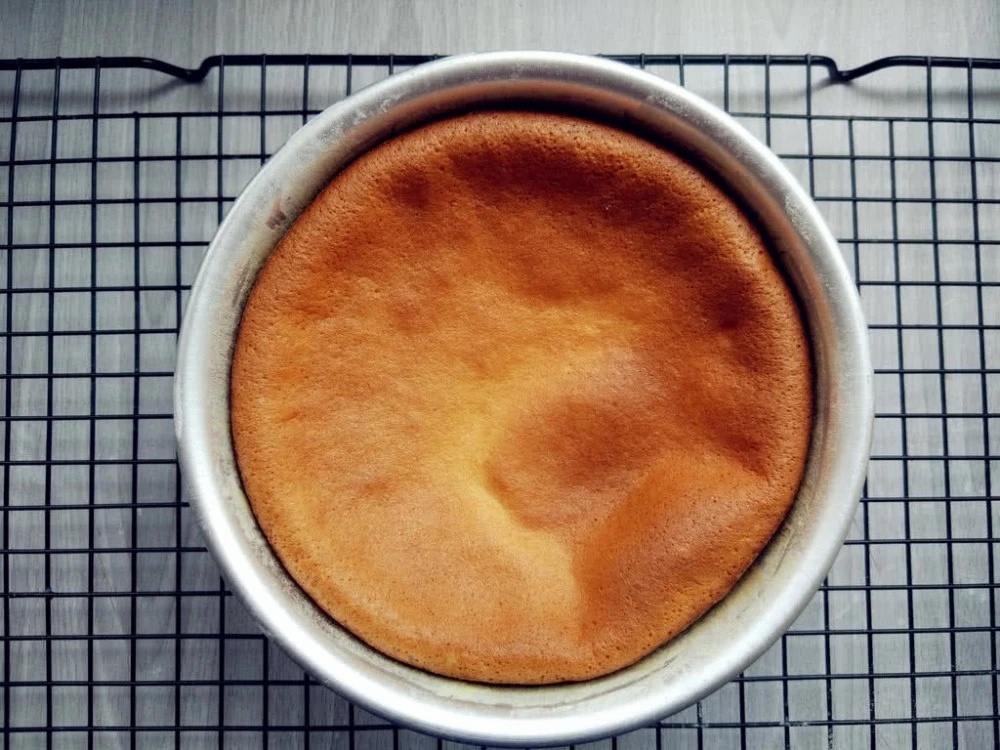
Super interesting everything about baking; I like it so much.